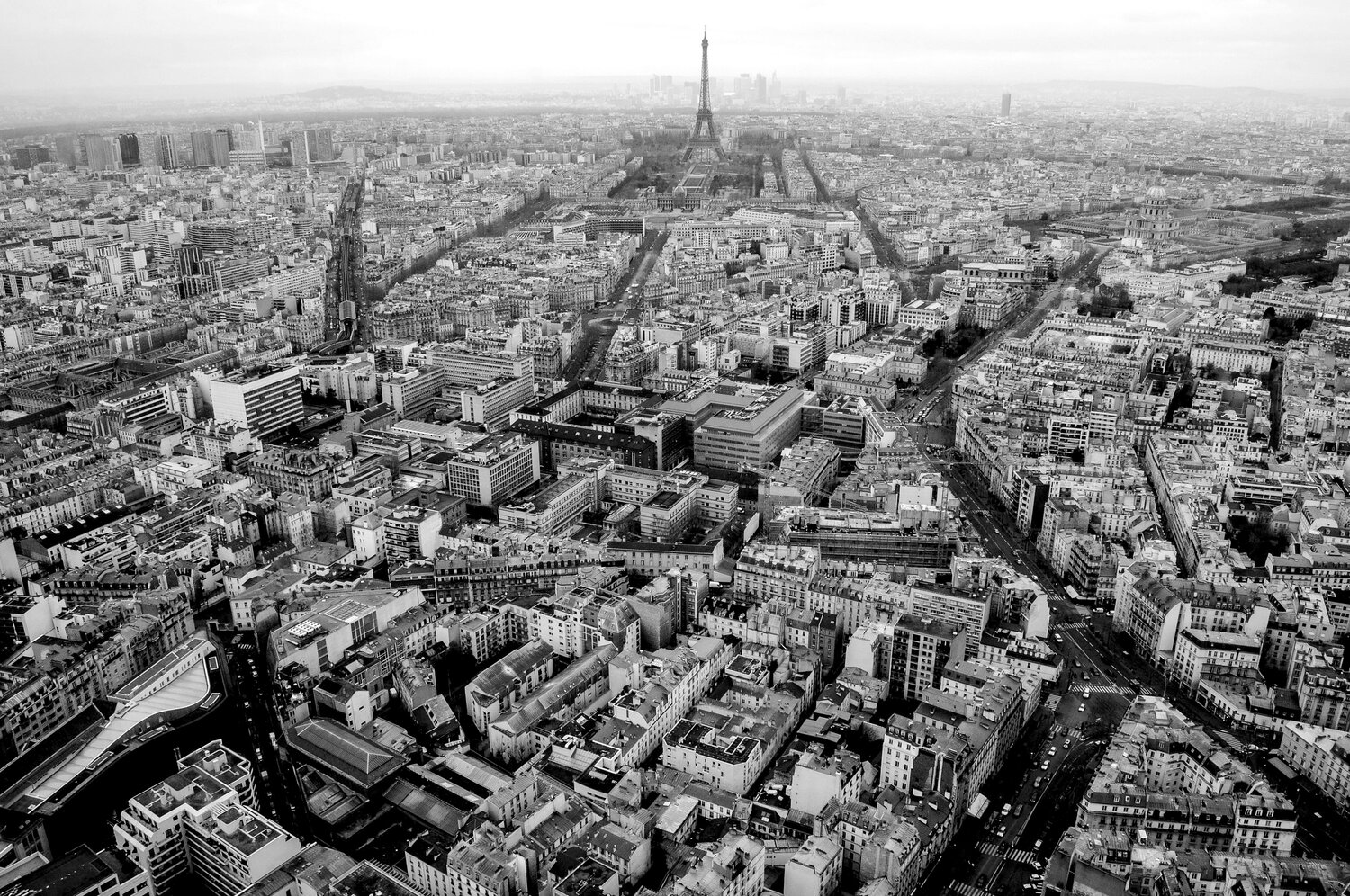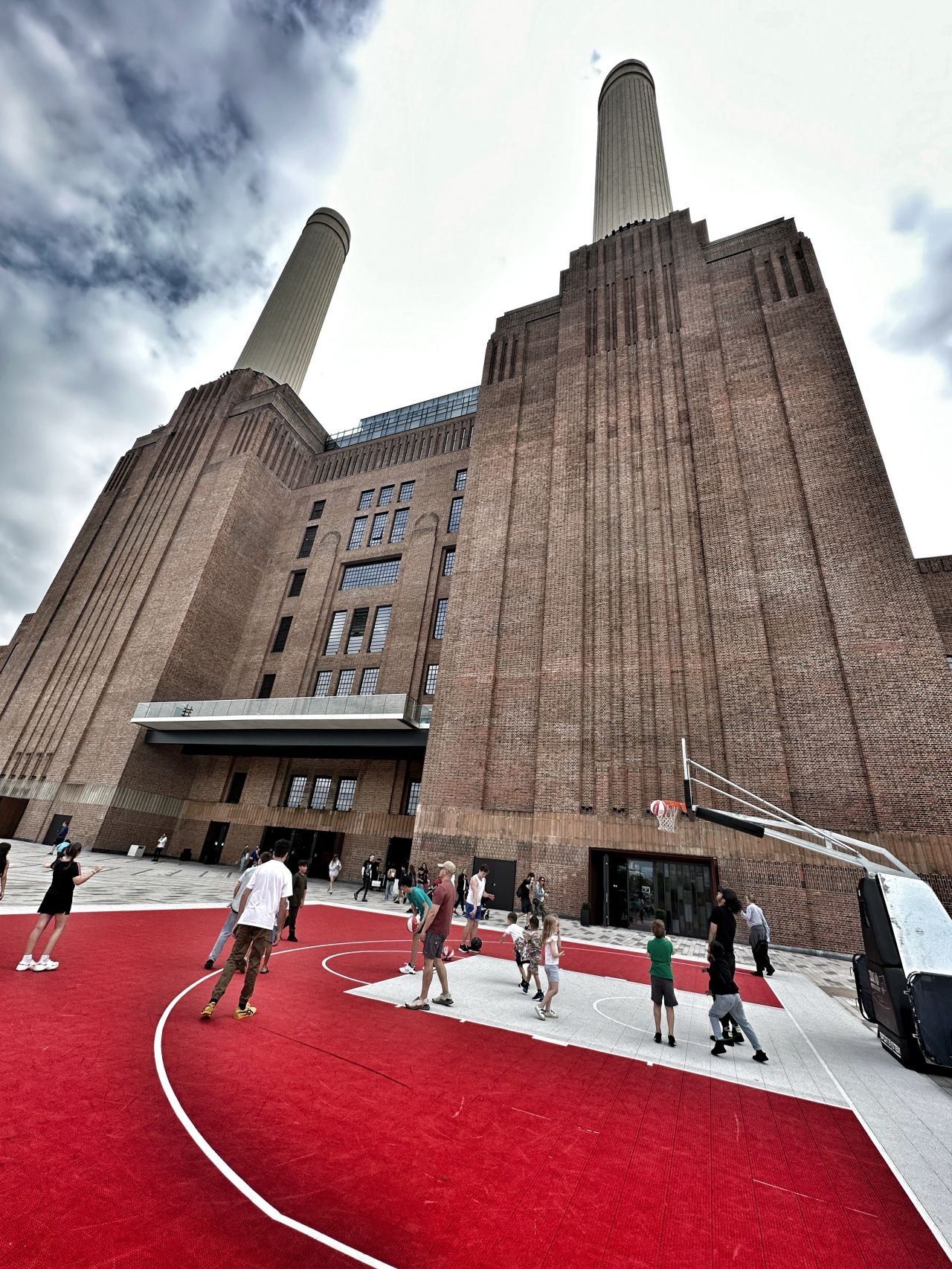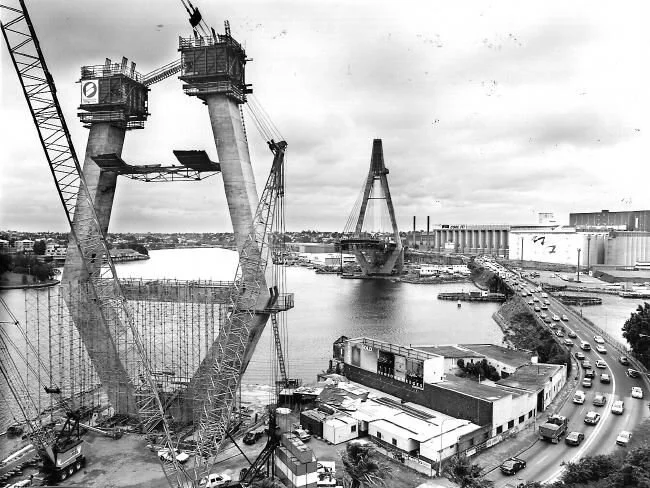Redfern: A single neighbourhood, with a thousand histories.
To indigenous Australian's, Redfern is home to urban Aboriginal Australia; to 'artsy' Sydney-siders, it's where you might find fresh graffiti, art exhibitions or gigs; to a human rights activist, Redfern is the neighbourhood that sparked the 2004 riots; and to a property developer or investor, it's the neighbourhood where you'd be looking to spend your money.
Perhaps more so than any other neighbourhood in Sydney, Redfern's socio-cultural identity is in complete flux. Today, the Redfern "boom" seems to be in full swing: cranes constructing new apartment blocks clutter the skyline and "kitchy" bars and cafes now line the street fronts.
...Come to think of it, I drank a coffee at a "kitchy" cafe this morning. And come to think of it, I'm writing this piece right now from a modern apartment block.
I am the problem.
Gentrification is a difficult issue to grapple. I know very well that there will be displacement from this current process of gentrification in Redfern. Unfortunately this process is acting to destroy one of Australia's only urban neighbourhoods where indigenous people they feel that they have a sense of belonging.
But unlike a product, we cannot simply stop 'gentrification'. It's very difficult to boycott urban change. Unlike an organisation, places are physical, social and highly interconnected.
Gentrification is a incredibly complicated process. Stemming from global economic forces, down to localised demographic changes and planning legislation, it's a process that's very much out of the hands of just your's and mine. But at the same time, it has a lot to do with all of us. At some point or another, each and everyone one of us likely contribute to this problem. At some point, each of us will also be subject to the negative impacts that result.
Urban change, in some form or another, is a given. What isn't a given is how well we manage such change.
Yes, there are measures that state and local authorities can take to mitigate for displacement: rent caps, development bans, affordable housing allocations. These all have a role to play and we should support these when necessary. But perhaps we place to much emphasis on the processes themselves, rather than on how we can deal with these givens in our day-to-day lives.
There are also measures that each of us can take: have respect for the history of a place, have respect for locals and have respect for the needs and desires of your neighbours. We're not all the same, nor should we be.
Photos by Tom Oliver Payne.












